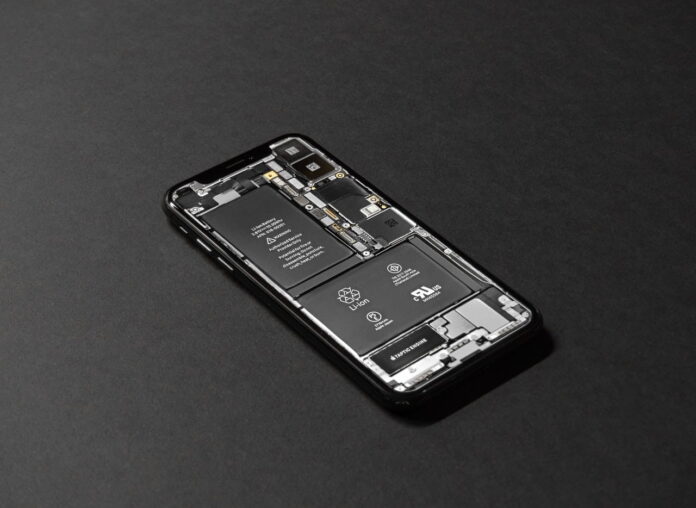Table of Contents
Lithium-ion battery
A lithium-ion or Li-ion battery is a rechargeable battery composed of an anode, cathode, and electrolyte. The anode is typically made from carbon, the cathode is generally made from a metal oxide, and the electrolyte is usually a lithium salt in an organic solvent.
With a typical Lithium-ion battery cell potential of about 3.6 V, the power of lithium-ion cells is truly awe-inspiring. These cells are often combined in series, harnessing their potential to produce voltages as high as hundreds or even thousands of volts, a testament to their versatility and power, especially in specialized applications such as electric vehicles and aerospace.
While any rechargeable battery can be called a secondary cell, the term “secondary cell” is also used specifically to refer to lead-acid batteries.
Power Tools:
Lithium-ion batteries are commonly used for portable electronics and electric vehicles and are growing in popularity for military and aerospace applications.
Akira Yoshino developed a prototype Lithium-ion battery in 1985 based on earlier research by John Goodenough, M. Stanley Whittingham, Rachid Yazami, and Koichi Mizushima during the 1970s–1980s.
In 1999, Yoshino’s group at Sony built a battery using lithium cobalt oxide as the cathode material and polyethylene oxide as the polymer gel electrolyte. Their work was based on research by Michael Thackeray, which showed that cobalt oxide was stable against metallic lithium.

The first commercially available Li-ion battery was produced by Sony in 1991 using the same cathode material but with a carbon porous electrode (a so-called “jelly roll”).
Lithium-ion batteries do not suffer from the memory effect common with nickel-cadmium and nickel-metal hydride batteries, and they do not pose any safety risk when used or disposed of properly.
Lithium-ion batteries can pose unique safety hazards since they contain a flammable electrolyte and may be kept pressurized. Although their temperature increases during regular operation, it is commonly observed within safe limits (30C/70F).
However, suppose the battery temperature exceeds a specific limit (60C/140F). In that case, there is a risk that the electrolyte may catch fire (thermal runaway) or even explode if the cell pressure rises too much.
Charging your device uses a chemical reaction to move ions from one place to another within those chemicals called an electrolyte. When the device turns on and uses power, it reverses the reaction by pushing it.
Smartphones and tablets are part of our everyday lives, but they all have one thing in common: they need the power to work. That’s where batteries come in.
Lithium-ion batteries continue to dominate the market. Here’s why:
They can pack a lot of energy into a small space, making them ideal for smartphones and portable media players. Batteries that pack a lot of energy into a small space but weigh less than other batteries are handy for laptops and smartphones.
They charge quickly and keep their charge for long periods.
They don’t lose their charge like a nickel-cadmium battery does when not in use.
They function well in cold or hot temperatures.
10 most dangerous security habits – Another rootgsm article.



Wow, fantastic blog format! How long have you been running a blog for?
you make blogging look easy. The full look of
your web site is fantastic, as neatly as the content material!